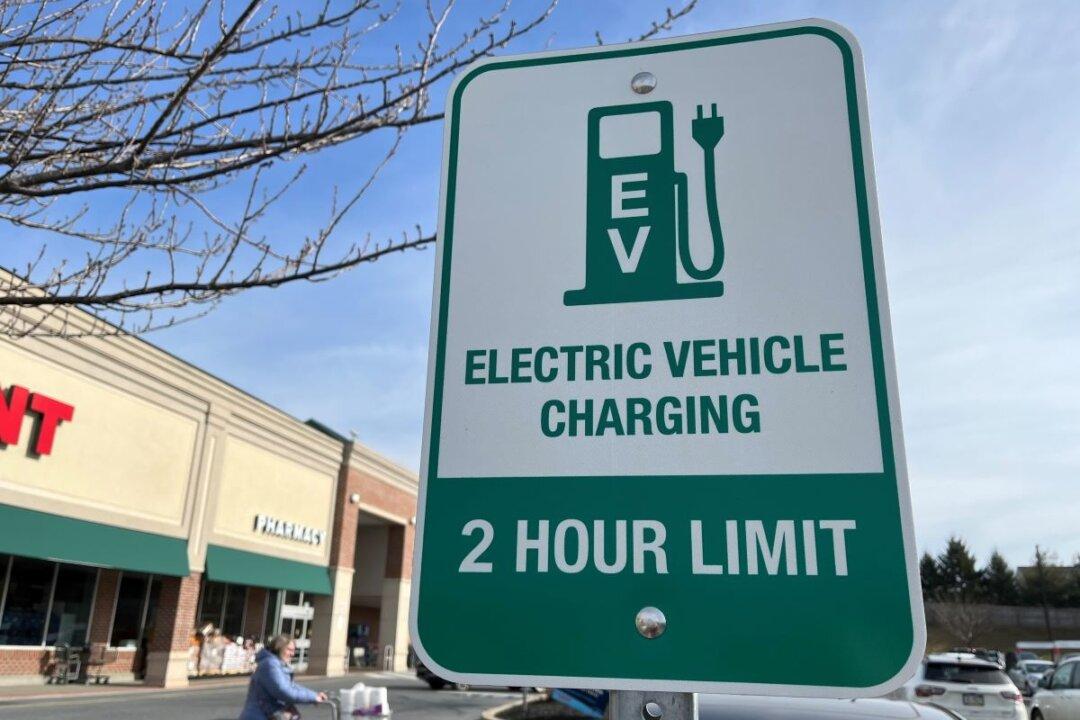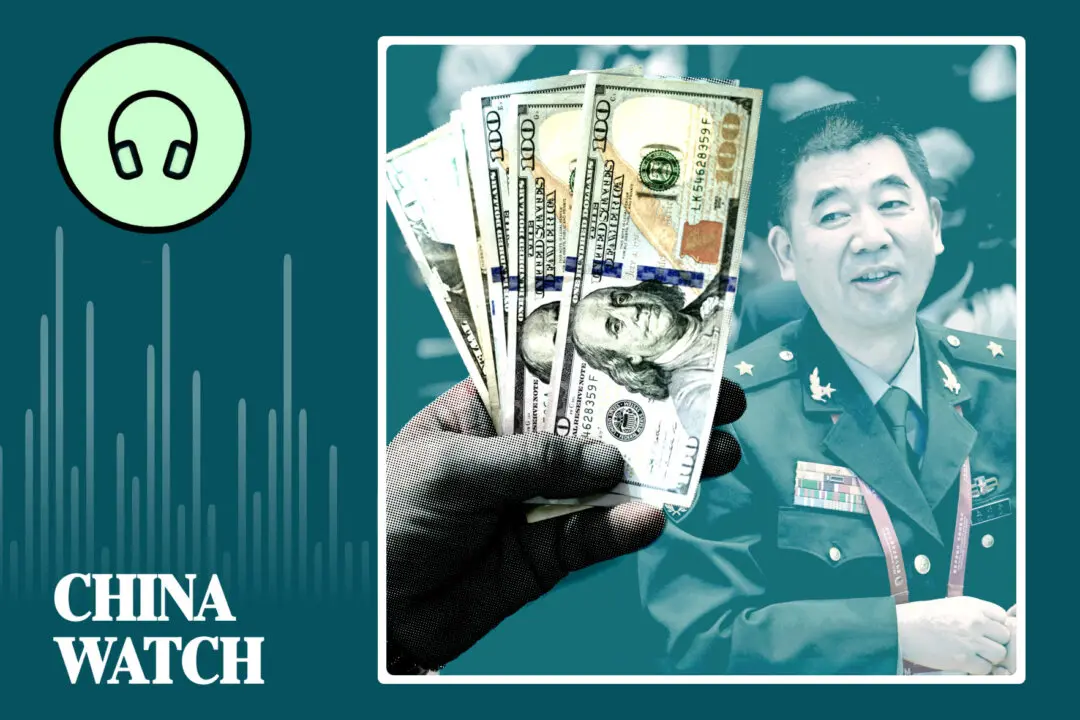The Environmental Protection Agency (EPA) will likely face more legal challenges over its latest emissions standards, which are projected to lead to two-thirds of new car sales being all-electric vehicles by 2032.
“Once it’s published as a final rule, it will undoubtedly be challenged again, just like the last set of rules was challenged,” Steven Bradbury, a distinguished fellow at the Heritage Foundation, a conservative think tank, and a former general counsel at the Department of Transportation (DOT), told The Epoch Times.




